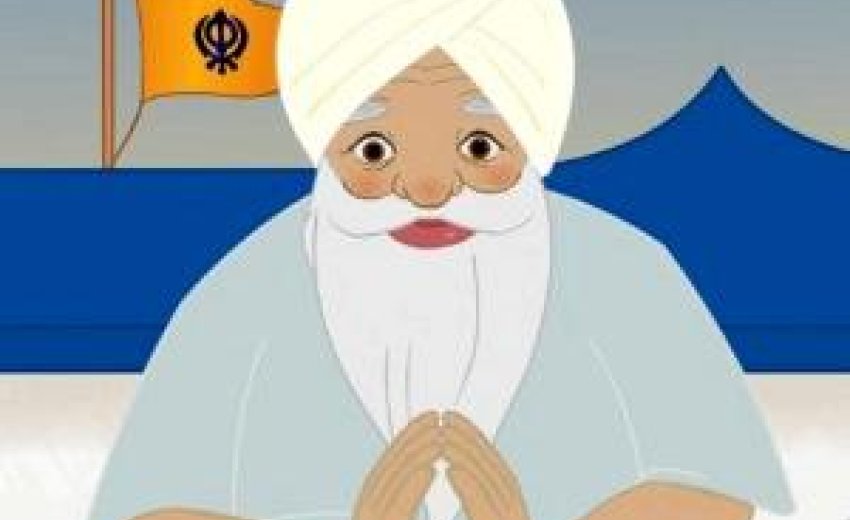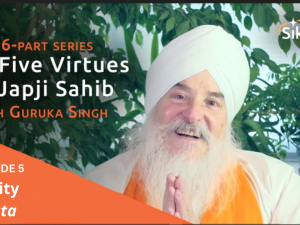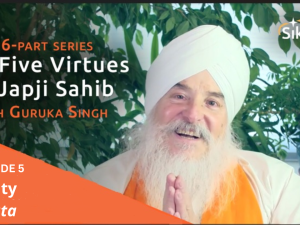 A long time ago...
A long time ago...
in a galaxy far, far away...
I made computer games...
I discovered the magic of computers in the 1970’s, working on a DEC PDP-11 at Ohio State University where I was working as a research associate in high energy physics. That’s the branch of physics that studies sub-atomic particles such as mesons and neutrinos. Our DEC allowed me to ‘talk’ to other uses on the network and the conversation printed out on a big printer in the computer room.
I sat at my first ‘personal computer’ in 1984. It was a PC clone called an “Apricot,” no, really; Apples and Apricots. It was the fruit salad days of computing.The day after I got my Apricot, I went looking for games and discovered my first adventure game, “Wishbringer.” Like Alice through the looking glass, I fell through the computer screen into the universe on the other side of the glass. A whole new world opened up.
At the same time, I bought a 300 baud modem and connected it up to the ashram phone line. Another new universe opened up through CompuServe, the birth of online forums where folks all over the world could gather and discuss pretty much any topic. My fave topic was games. It was here that I met a witty lady who went by the online handle of ‘Buttercup.” I recognized a dedicated fellow gamer in Buttercup, who spent much of her leisure time online serving as one of the original adventure game sysops (discussion forum moderator) for CompuServe. Every Tuesday evening we had a live, real-time, gamer’s chat room where we gathered to crack jokes, talk about games and kick each other (virtually) under the (virtual) table. Buttercup was a mistress of puns and fun, and being a good typist and multitasker, she carried on multiple public and private chat room conversations simultaneously (as did I.) Through our mutual love of computer games, Buttercup and I became fast friends online.
It was at this time that, at the behest of Yogi Bhajan, I started a computer BBS (Bulletin Board System) called ‘SikhNet.’ It served to link Sikhs (who had modems and computers – a small contingent at that time!) around the world with discussion forums, file downloads and more. It was these early BBS’s that later became the turf of Internet we know and use today.In 1988, I was asked to beta-test adventure games for the pioneer adventure gaming company, Sierra On-Line. Among others, Sierra made such games as “King’s Quest,” “Space Quest,” “Hero’s Quest,” and Leisure Suit Larry. I guess I did a good job because in December of that year Sierra asked me to move to California and become their Senior Producer overseeing the development of new adventure games. For a list of the games I produced, check out this link.
The fun of this job was being part of a super-creative team of artists, writers, game designers, musicians and programmers who worked closely together to create the game experience. We were known collectively as the “implementers” because we created immersive, micro-cosmic worlds for gamers to inhabit. Designing game worlds, characters and puzzles was the best job I could imagine at the time. My main concern was what I called “the soul of the game.’ The soul of the game meant the values, the magic, the truest essence of the imaginary game world – evoking the best from the players.In 1991 we were looking for writers and producers and I immediately thought of Buttercup; got in touch and hired her to work as a producer at Sierra.
Buttercup’s online persona reflected who she was in ‘real life’ - the witty, playful and creative gamer, Gano Haine. At Sierra, Gano worked on a new series of adventure games for younger kids called “EcoQuest.” Ecoquest taught kids ‘green’ living and starred a cute dolphin named ‘Cetus.’In 1992, along with Ravi Har Singh, I went on to found a New Mexico-based computer consulting firm called Sun & Son, and thence back to SikhNet in 2003.
Gano went on to work at EA (Electronic Arts) and then founded her own game development company called StuntPuppy Entertainment, and later another company called LimeLife. Under her leadership, Stunt Puppy had four number 1 ranking titles with such licensors as Mattel, Disney/Buena Vista Games, Atari/Infogrames and Leapfrog Toys.
Sometime in the 1990’s I was talking enthusiastically with Yogi Bhajan about computers and computer games and he casually said, “We should make our own computer game based on Sikh Dharma.” I happily agreed thinking that there was no way we actually had the resources to do this, but that it was a great idea. Like so many of Yogi Ji’s ideas, it was simply a matter of time before his vision manifested.
Early in 2010, Gurumustuk Singh and I discussed tackling an adventure game for SikhNet. I pointed out that the games we made at Sierra On-Line had budgets over $1M and took over a year to create with a team of eight to twelve people working full-time on the project. There was no way SikhNet had that kind of resources.When Gano came to visit us in New Mexico, I broached the idea with her. She asked, “What’s your budget?” I said “Oh, I think we could afford $45K.” She thought for a minute and said. “We could do that.” So began the almost two-year long journey that became “KARMA – The Ogre's Curse.”I had been out of the computer game business for 18 years at that point! At the outset, Gano said “Let me get hold of some of the artists, musicians and programmers I know and see if we can assemble a team." So Gano and I began writing KARMA – The Ogre's Curse.
At that time we simply called it “the karma game” because the core idea we came up with was that instead of racking up high scores and trying to beat other players, we envisioned a game where the player starts off with a heavy load of karma, and works to lighten that load, so that by the end of the game, you “won” by having no karma at all. That was the seed idea. Players could work off their karma by doing seva and helping others, by meditating and working on themselves, and eventually by healing other characters using Gurbani.As it turned out, Gano was the perfect person to help us manifest the vision. The timing was right for her. She was willing to work on the project out of her love of Sikhi, and she assembled an inspired a team of artists, musicians, programmers and sound effects talent who were willing to work for much less than they could make in the world of commercial game development.
Without Gano, KARMA – The Ogre's Curse would never have happened. When I expressed concern about how long the project was taking, she reminded me, “When you make a game, you have to choose two out of three: fast, good or inexpensive. You can never have all three, so pick two.”
We picked inexpensive and good!
That’s why KARMA – The Ogre's Curse took two years to complete. The implementers worked in their spare time. Gano gave of herself tirelessly. We had at least two Skype conferences every week for over a year. We shared our game design documents in Google Docs and assembled the game world and characters from scratch. We decided to use text only (no voice recording) as well as non-animated artwork to save money since actors and animators are expensive (but, as you know if you’ve played the game, that later changed.)In addition to the professional game development team, everyone in the SikhNet office joined in.
Gurumustuk Singh designed the Dharma Badge system and the special game website within SikhNet to support this and future children’s projects. Gurujot Singh contributed to the game artwork and eventually taught himself Flash animation and animated the game characters. Gurujot designed the healing shabd mini dilruba game within the game as well. Harijot Singh recorded all the voices and worked tirelessly to get all the lines in the scripts correct and he recruited all the voice actors from our local Sangat. The actors really brought the game to life! No one who has heard him can forget Sarbjot Singh as our hero, Harimandir Jot Singh (of the Cherdi Kala Jatha) as the shopkeeper, Sherwanee, or Meeri Peeri Singh as the hilarious sadhu, Swami Seethrudhoti.
Gano’s team included our Flash programmer, Rick Hocker; our animation supervisor, Arthur Koch, our background and character artists, Joy Steuerwald and Karen Snave; our combat game designer Eric Luther (who designed the gatka mini-game) and our sound effects designer, Jane Scolieri. You can meet the whole development team here.Gurumustuk Singh worked with Hargobind Singh to design and program the server-side environment for the game and all the supporting elements such as the Dharma Badge system.But at the heart of it all was Gano who held the ‘soul of the game’ in her arms, and through her tireless dedication to the project, was able to bring it all to life.
Thank you Buttercup! We did it.
I want to express my deep gratitude to all our generous supporters who, when our little project ran way over budget, generously donated funds to keep us afloat. Waheguru!
KARMA – The Ogre's Curse is Gano and the SikhNet Team’s gift to the children of the world.
May you all be excellent, may you all be kind and may you all be heros!
Now go play the game and then lend a hand to other players in our gamers forum!
~ Guruka Singh







